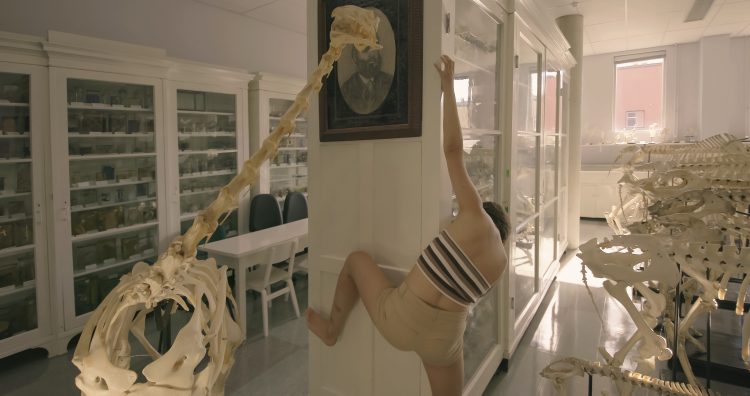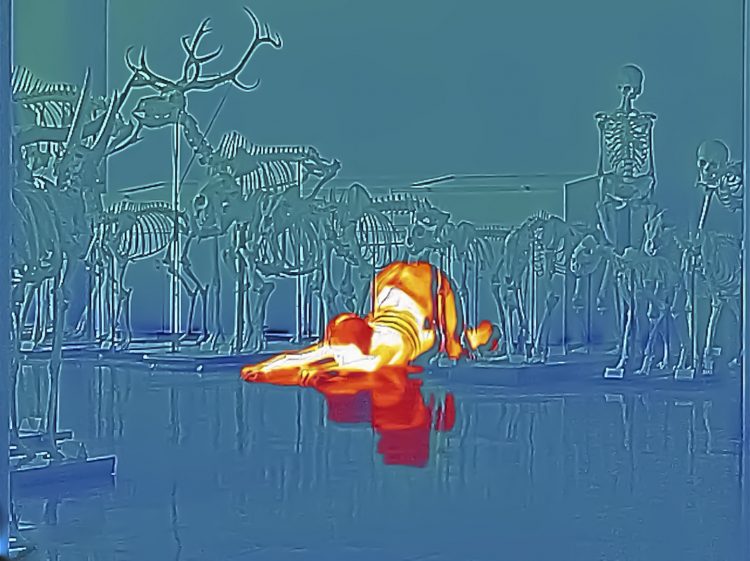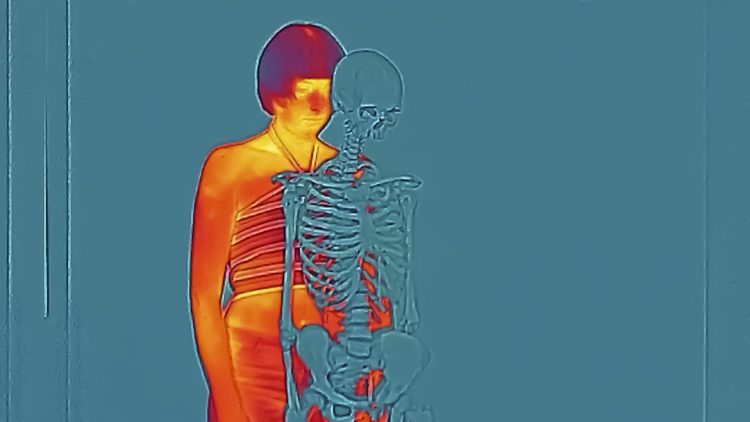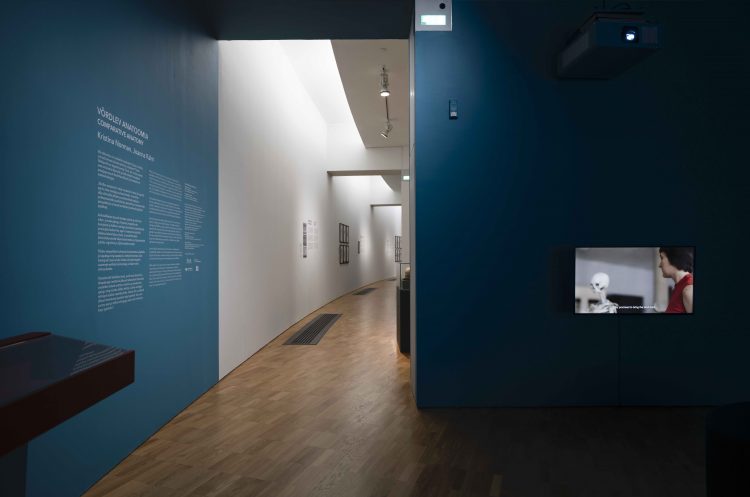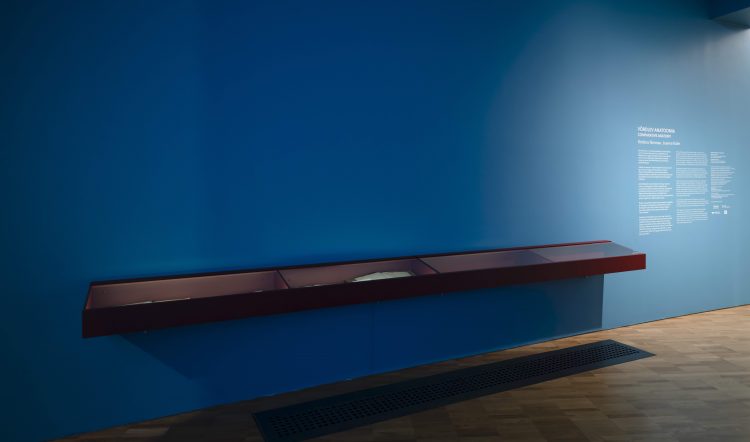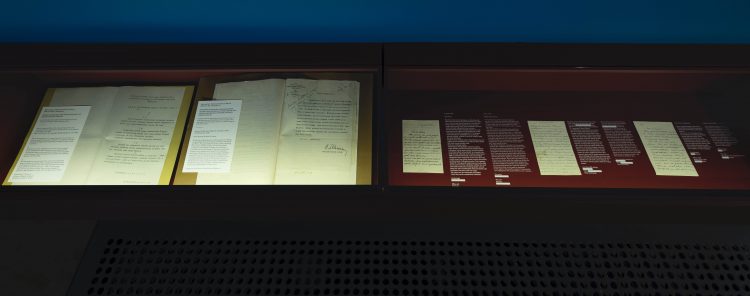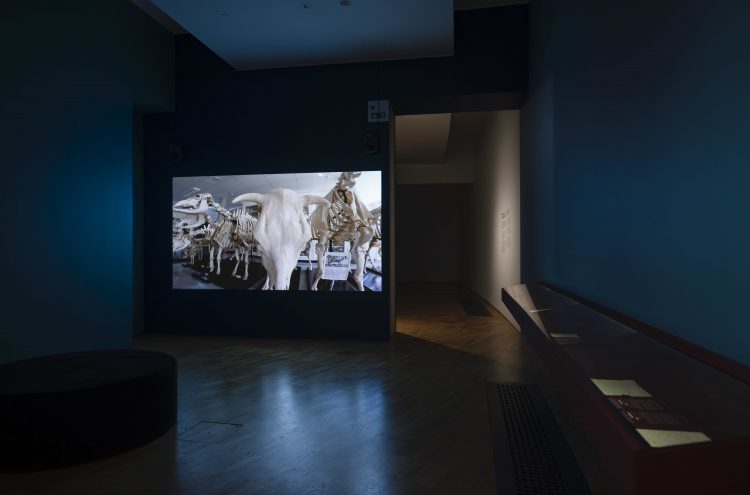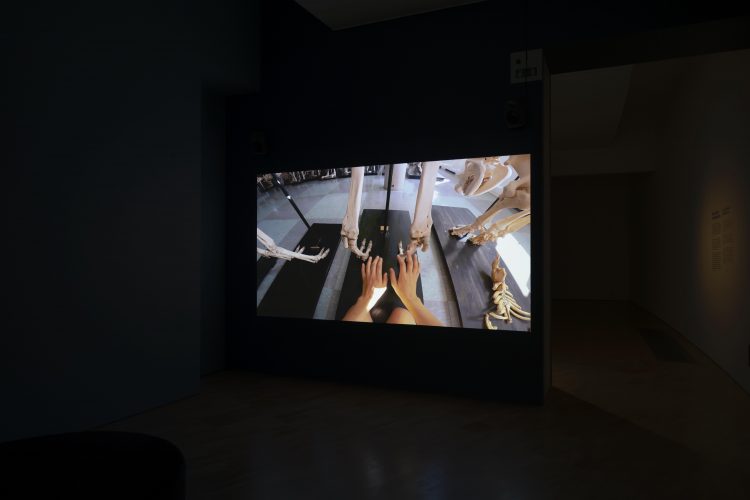Comparative Anatomy
What is the meaning of the human body in science? Is it possible to think of the body of a dead person as something other than merely a material object? The artists took the story of Tiiu as their point of departure. Legend has it that Tiiu was a servant who sold her body to the University of Tartu a century ago. To this day, Tiiu’s skeleton is believed to be in the anatomy collection of the Zoomedicum of the Estonian University of Life Sciences.
Comparative Anatomy focuses on forgotten people and stories, searching for ways of relating to them. This artwork reveals a diversity of sources and viewpoints: the perspectives of professionals and politicians, marginalised people and anatomists, and various artistic and technological practices.
Archival sources provide insight into the micro- and macro-history of buying and selling bodies. The letters deal with hearsay and folklore, casting aside the sacredness and taboos related to the human body, inequality, class and gender issues deeply interwoven into the history of anatomy. The documents from the National Archives, on the other hand, reveal the institutional perspective of academic and state authorities and diplomats.
Joanna Kalm’s performance in the video is an attempt to emphatically relate to concrete subjects and stories and also to include non-human animals, aiming to build a basis for dealing with wider ethical issues and contesting power relations.
While based on a local story, the work addresses broader issues that are still relevant in contemporary medicine, exploring the history of buying, selling and donating bodies, and considering the temporal dimension of such desperate deals. The servant Tiiu remains in the service of the university forever. How can one buy a “human animal” for eternity, and what is the appropriate price?
*
Artist and director: Kristina Norman
Choreographer and performer: Joanna Kalm
Director of photography: Erik Norkroos
Body camera photographer: Joanna Kalm
Infrared camera operator: Erik Norkroos
Video editing: Kristina Norman, Erik Norkroos
Image correction: Urmas Jõemees
Production assistant: Meelis Muhu
Consultant: Linda Kaljundi
Graphic design: Jaanus Samma
Work in the archives: Ken Ird, Linda Kaljundi
Translation into English: Maarja Kangro, Kaja Kährik
Archival sources: National Archives of Estonia, University of Tartu Library
We thank: Eha Järv (Estonian University of Life Sciences),
Martin Malve (University of Tartu), Kristiina Tiideberg, Mari Mägi, Märt-Matis Lill
With the support of:
Cultural Endowment of Estonia, Estonian Research Council, Teledyne FLIR, Cat Phones
*
The work premiered at the exhibition Art Or Science at KUMU art museum in October 2022. The exhibition offers an in-depth insight into the history of relationship between art and science in Estonia and is a collaboration between KUMU, Art Academy of Estonia and the University of Tartu. The show is curated by Kadi Polli, Linda Kaljundi, Kristiina Tiideberg, Ken Ird and Jaanika Anderson.

